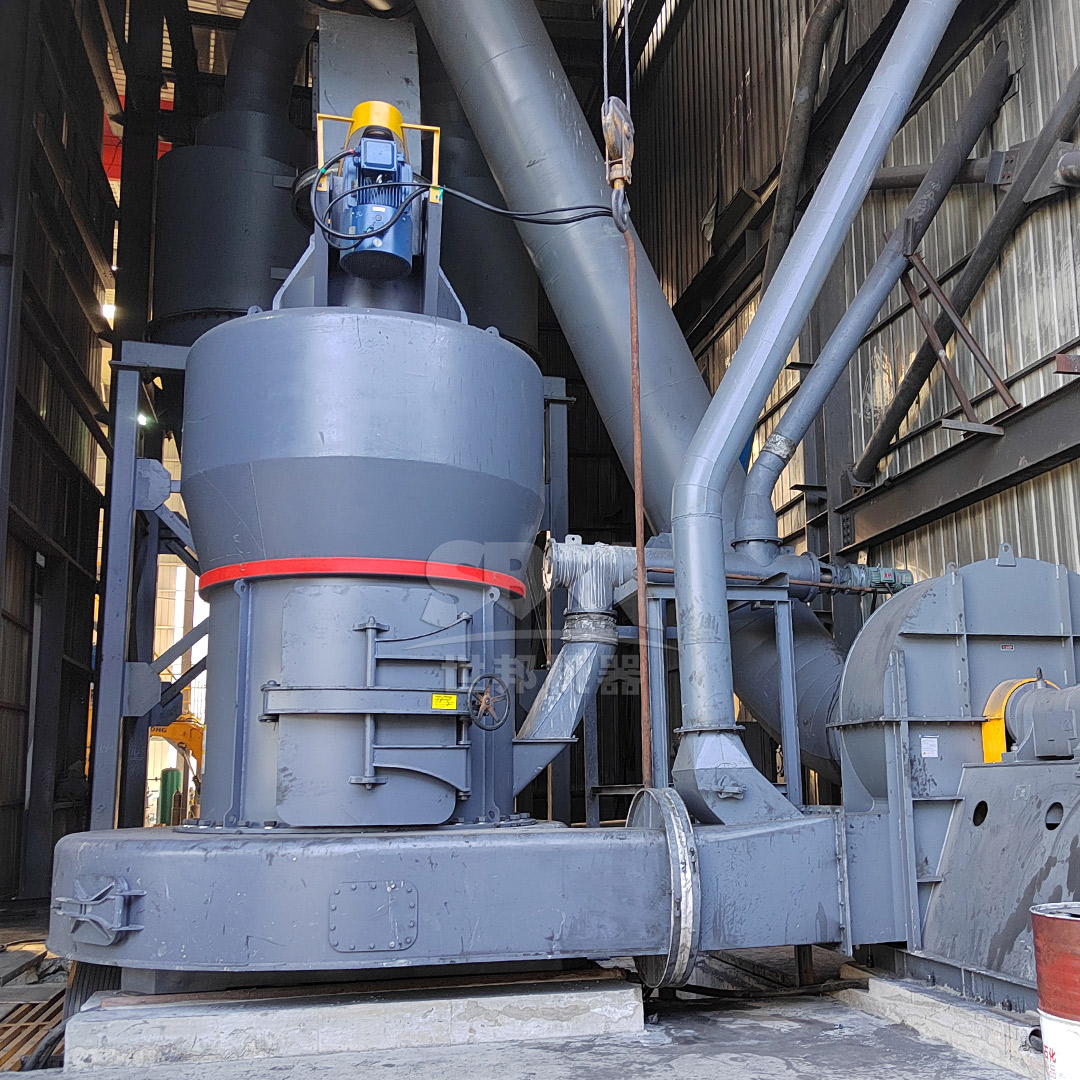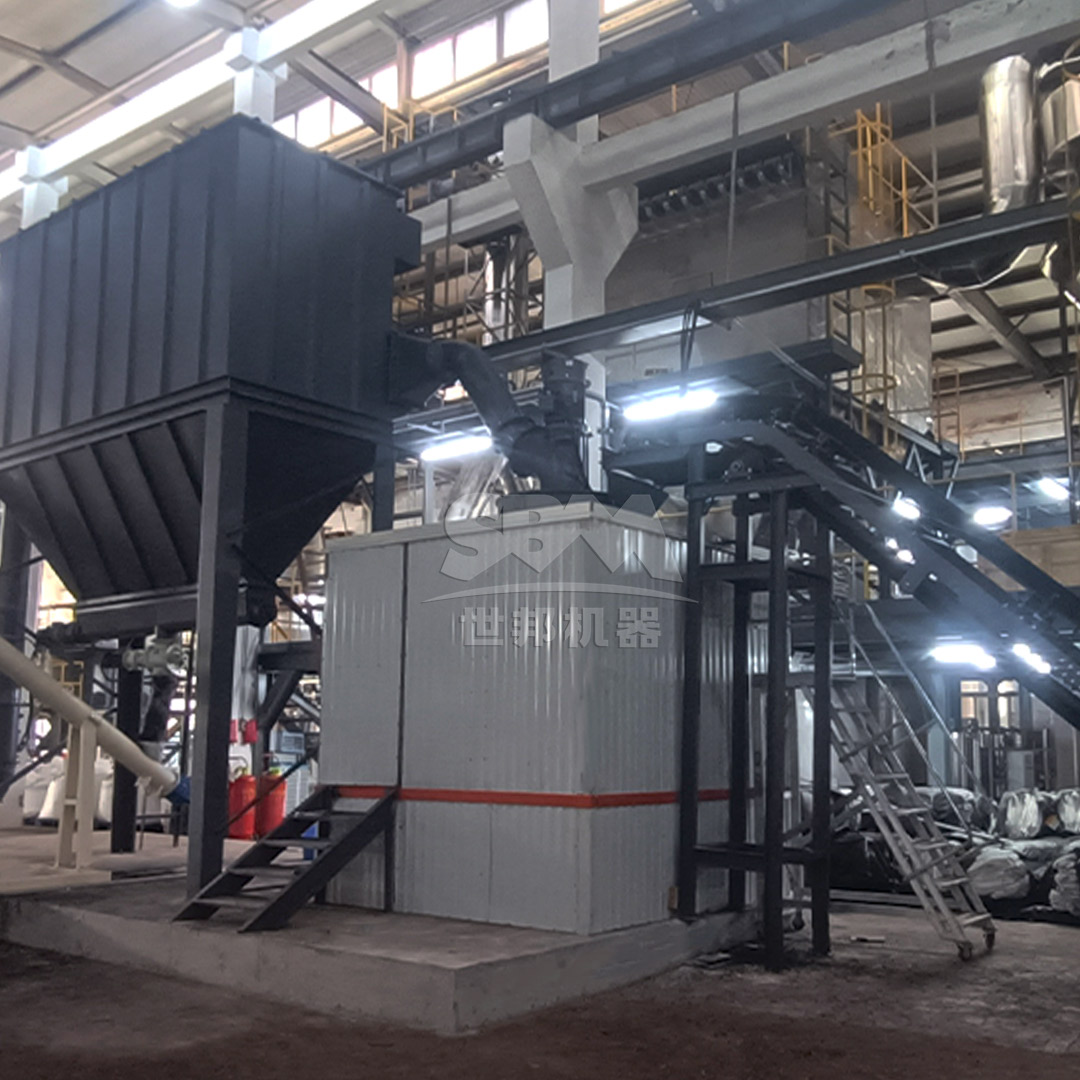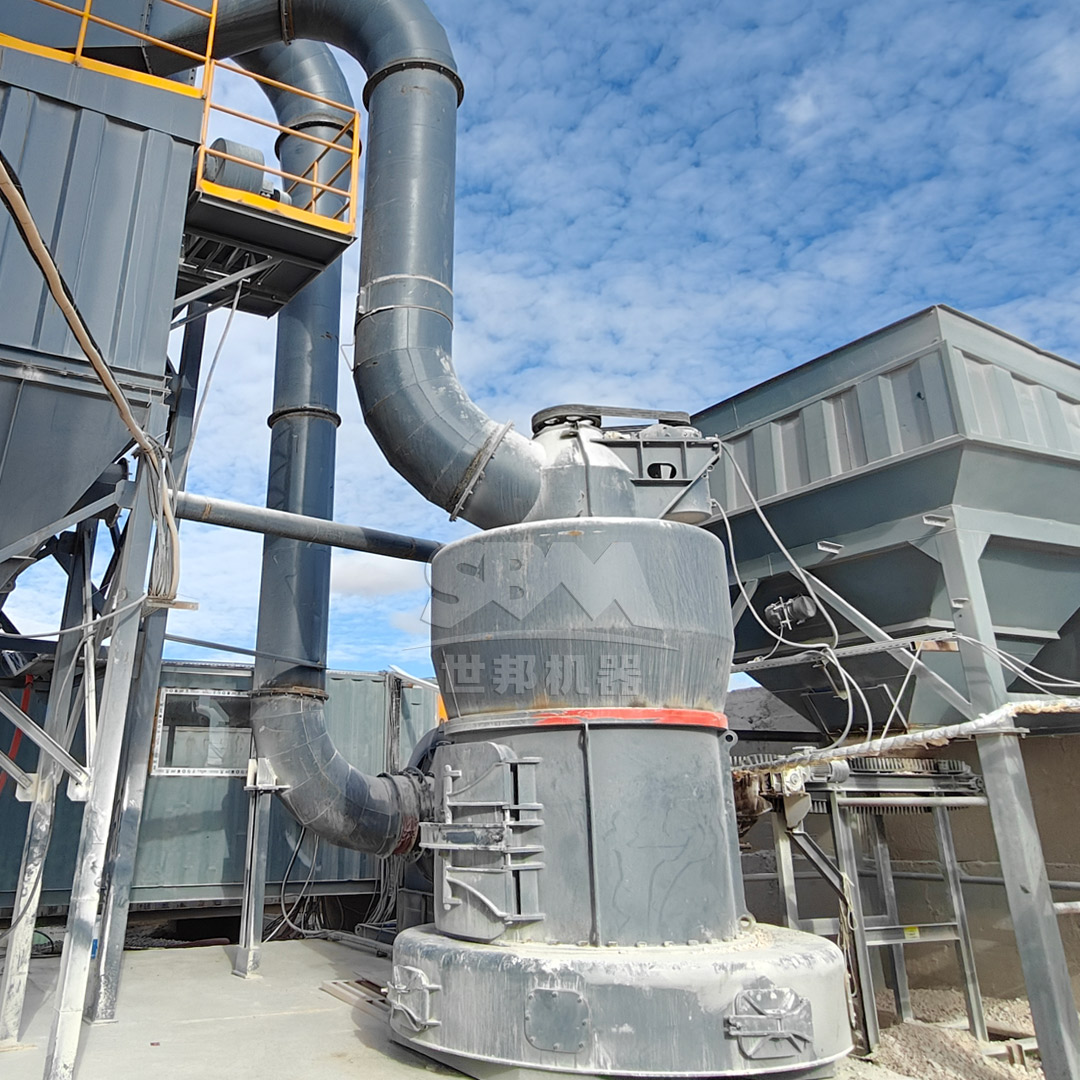Kaolin, also known as china clay, is a versatile industrial mineral with extensive applications in pigments, fillers, ceramics, paper coating, and rubber industries. The quality of kaolin products heavily depends on the grinding technology employed, which determines particle size distribution, brightness, and purity. Modern kaolin processing requires advanced grinding mills capable of producing ultra-fine powders with precise particle size control while maintaining operational efficiency and environmental compliance.

High-quality kaolin applications demand precise particle size distribution. For pigment-grade kaolin, the target fineness typically ranges from 325 to 2500 mesh (45-5μm), with D97 values being critical for product performance. The grinding equipment must maintain consistent output despite variations in feed material characteristics.
Kaolin’s natural whiteness and brightness must be preserved during grinding. This requires mills with minimal metal-to-metal contact, specialized wear-resistant materials, and efficient separation systems to prevent iron contamination and maintain product purity.
With grinding operations accounting for significant portions of total production costs, energy-efficient mills that reduce power consumption while maintaining high throughput are essential for competitive kaolin processing.
For high-value kaolin applications requiring superfine powders, specialized mills with precision classification systems are necessary. These systems must handle the unique challenges of kaolin grinding, including its abrasive nature and tendency to absorb moisture.
Among the most effective solutions for premium kaolin processing is our SCM Ultrafine Mill, specifically engineered for demanding applications requiring fine to ultra-fine powders. This advanced mill delivers exceptional performance with output fineness ranging from 325 to 2500 mesh (D97≤5μm), making it ideal for high-quality pigment production. The mill’s intelligent control system automatically maintains consistent product quality by monitoring and adjusting operational parameters in real-time.

| Model | Processing Capacity (ton/h) | Main Motor Power (kW) | Feed Size (mm) | Output Fineness (mesh) |
|---|---|---|---|---|
| SCM800 | 0.5-4.5 | 75 | 0-20 | 325-2500 |
| SCM900 | 0.8-6.5 | 90 | 0-20 | 325-2500 |
| SCM1000 | 1.0-8.5 | 132 | 0-20 | 325-2500 |
| SCM1250 | 2.5-14 | 185 | 0-20 | 325-2500 |
| SCM1680 | 5.0-25 | 315 | 0-20 | 325-2500 |
For kaolin applications requiring medium to fine powders in the range of 30-325 mesh, trapezium mills offer an excellent balance of performance and economy. Our MTW Series Trapezium Mill provides robust processing capabilities with throughput ranging from 3 to 45 tons per hour, depending on specific model configuration.
The MTW series incorporates several technological innovations specifically beneficial for kaolin processing:
Kaolin grinding employs multiple mechanical principles to achieve desired particle size reduction. The SCM Ultrafine Mill operates through a multi-layer grinding ring system driven by the main motor, where material is dispersed into the grinding path by centrifugal force. Progressive grinding occurs through roller compression across multiple layers, with final powder collection accomplished through cyclone collectors and pulse dust removal systems.
Precise classification is crucial for kaolin quality. Advanced mills utilize vertical turbine classifiers that create precise particle size cuts through adjustable rotor speeds and airflow optimization. This ensures uniform product quality and eliminates coarse particle contamination in the final product.

Modern kaolin grinding mills incorporate real-time particle size monitoring systems that automatically adjust operational parameters to maintain consistent product quality. Laser particle analyzers and online sampling systems provide continuous feedback to the mill’s control system.
Maintaining kaolin purity requires comprehensive contamination prevention strategies, including magnetic separation before grinding, specialized wear materials in grinding components, and completely enclosed systems that prevent external contamination.
When selecting kaolin grinding equipment, processors must consider the total cost of ownership, including initial investment, energy consumption, maintenance requirements, and component replacement costs. Advanced mills like the SCM series offer superior long-term economics through reduced energy consumption (30% lower than conventional mills), extended component life, and minimal maintenance requirements.
The higher initial investment in advanced grinding technology is typically recovered within 12-24 months through reduced operating costs, improved product quality commanding premium prices, and increased production capacity utilization.
Modern kaolin grinding mills incorporate advanced dust collection systems with pulse-jet cleaning technology that achieves collection efficiency exceeding 99.9%, ensuring compliance with the strictest international environmental standards. Fully enclosed systems prevent fugitive dust emissions throughout the grinding process.
Advanced acoustic engineering including sound insulation chambers, vibration damping systems, and precision engineering maintains operational noise levels below 75-80dB, creating safer working environments and meeting community noise regulations.
With grinding operations representing significant energy consumption in kaolin processing, modern mills prioritize energy efficiency through optimized mechanical designs, high-efficiency motors, and intelligent control systems that minimize power consumption during operation.
The future of kaolin grinding lies in fully digitalized operations incorporating IoT sensors, artificial intelligence for predictive maintenance, and cloud-based monitoring systems that enable remote operation and optimization. These technologies will further enhance efficiency, reduce downtime, and improve product consistency.
Ongoing research in wear-resistant materials, including ceramic composites and specialized alloys, will further extend component life in kaolin grinding applications, reducing maintenance costs and improving operational reliability.
Selecting the appropriate grinding technology is crucial for successful kaolin processing operations. The SCM Ultrafine Mill and MTW Series Trapezium Mill represent the current state-of-the-art in kaolin grinding, offering processors the ability to produce high-quality pigments and fillers with precise particle size control, operational efficiency, and environmental compliance. As kaolin applications continue to evolve toward finer particle sizes and higher purity requirements, advanced grinding technologies will play an increasingly important role in maintaining competitive advantage in the global minerals market.
With proper equipment selection and operational optimization, kaolin processors can achieve significant improvements in product quality, production efficiency, and environmental performance, positioning themselves for success in an increasingly competitive global market.